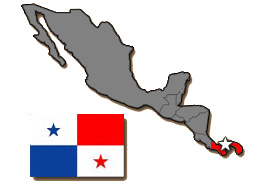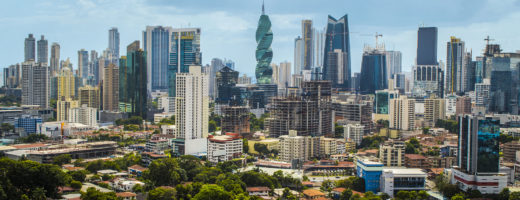Intro: The view of modern Panama depends on where you stand: in a luxury high-rise city condo or a tiny jungle village or a small working class town. All three will present a different face of homosexuality in this famous canal country. Homophobia runs high but gay life carries on openly, hidden or appreciated in
Homosexual acts are legal in Panama. The decriminalization occurred on July 31, 2008, when Presidential Decree No. 332 came into force. It repealed Article 12 of the Decree No. 149 of 1949, which previously criminalized homosexual relations. The age of consent is equal at 18. There are also no laws protecting gays from discrimination. Gays and lesbians are banned from both the armed forces and the police. Panama’s 2007 Gay Pride march occurred on June 30. Activists from the Association of New Men and Women of Panama (AHMNP, by its Spanish initials) gathered on Via España at Via Argentina to pass out “Myths about homosexuality” leaflets and condoms.

Town of Boquete
Boquete is a small town tucked into the green mountain highlands of Panama, in western-most Chiriquí Province, about 60 km. from the border with Costa Rica. Because of its altitude, some 1,200 metres above sea level, its climate is refreshingly cooler than that of the lowlands. Its scenic location, temperature, and natural environment make it
Panama Old Town (Casco Viejo)
Old Town (Casco Viejo) Panama is a small section of the much larger Panama City. Located on a rocky peninsula it was the hub of life a hundred years ago during the construcion of the Panama Canal with elegant buildings, churches and hotels and many common residences. But the area was too small to hold
Panama City, Railroad and Canal
Panama City is the capital and largest city of the Republic of Panama. It has a population of 813,097, with a total metro population of 1,206,792, and it is located at the Pacific entrance of the Panama Canal. Panama City is the political and administrative center of the country. The Panama Canal Railway Company is

